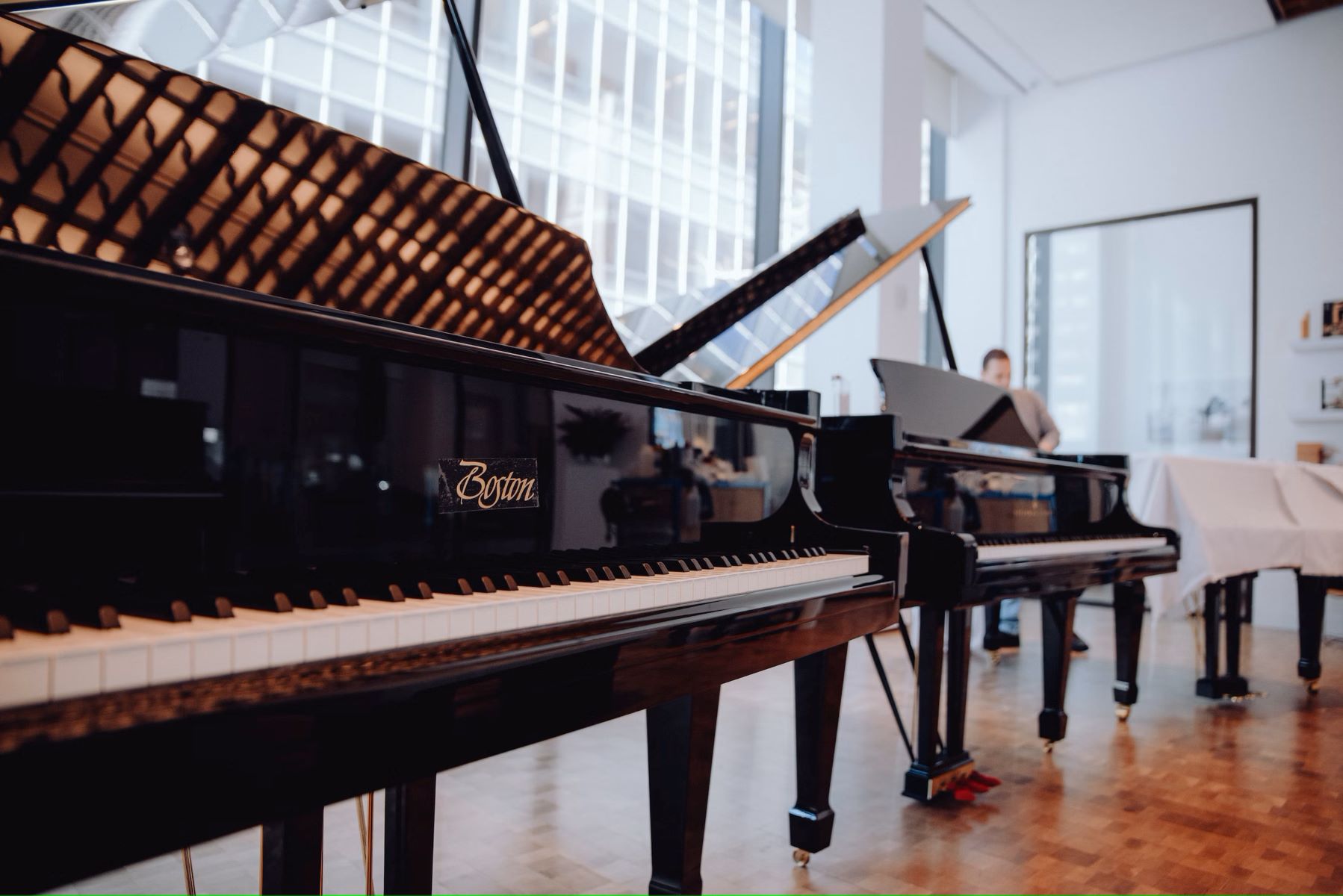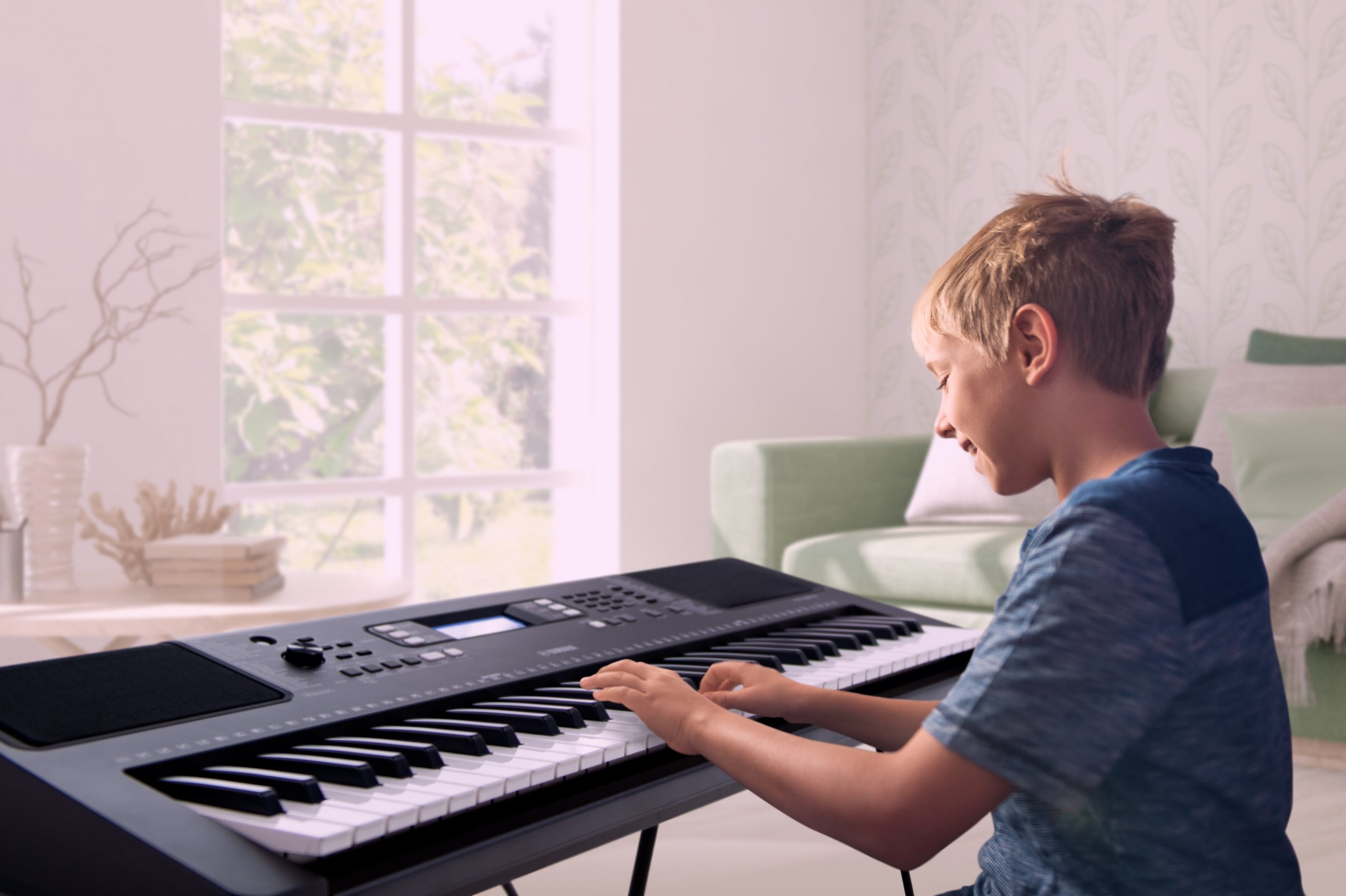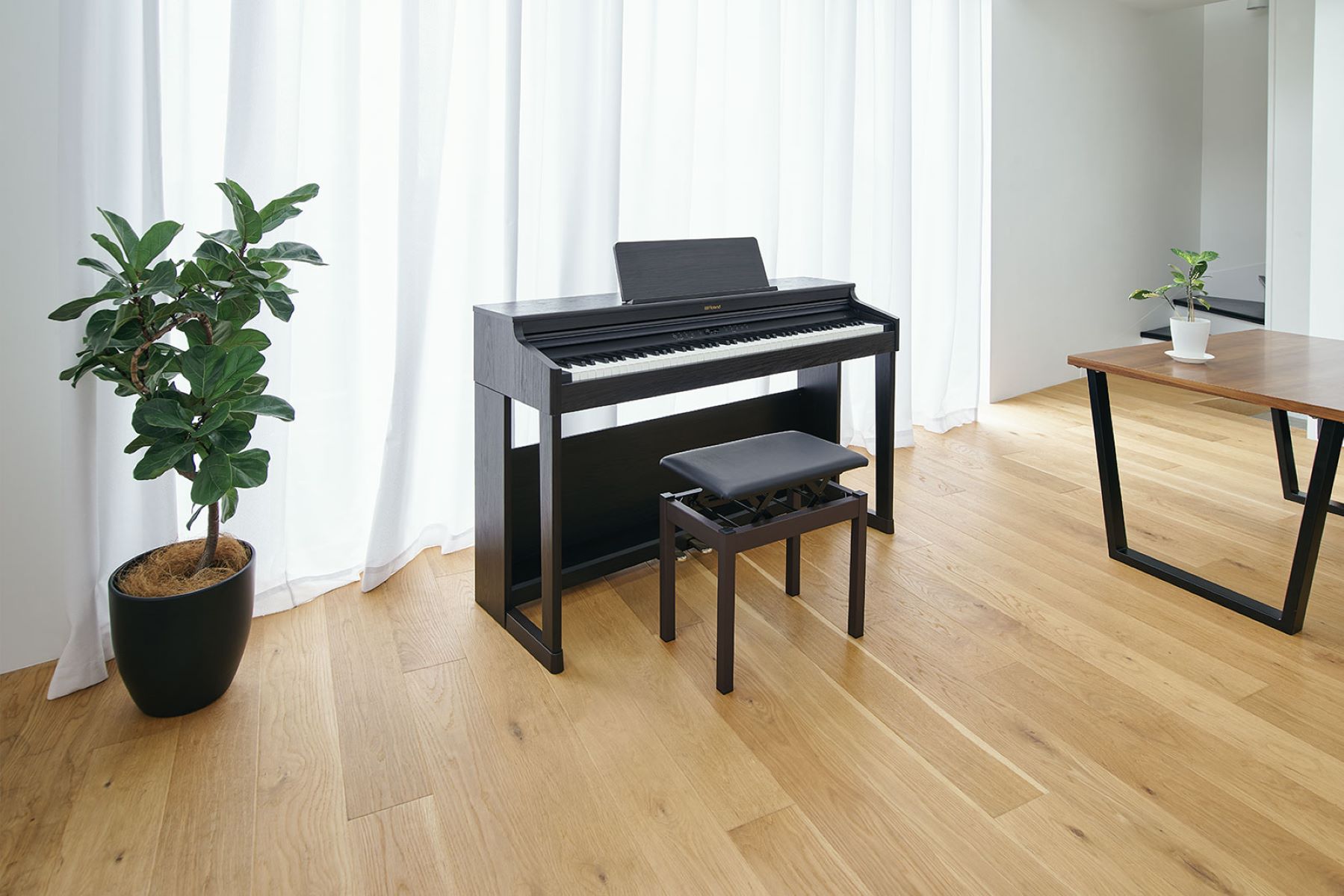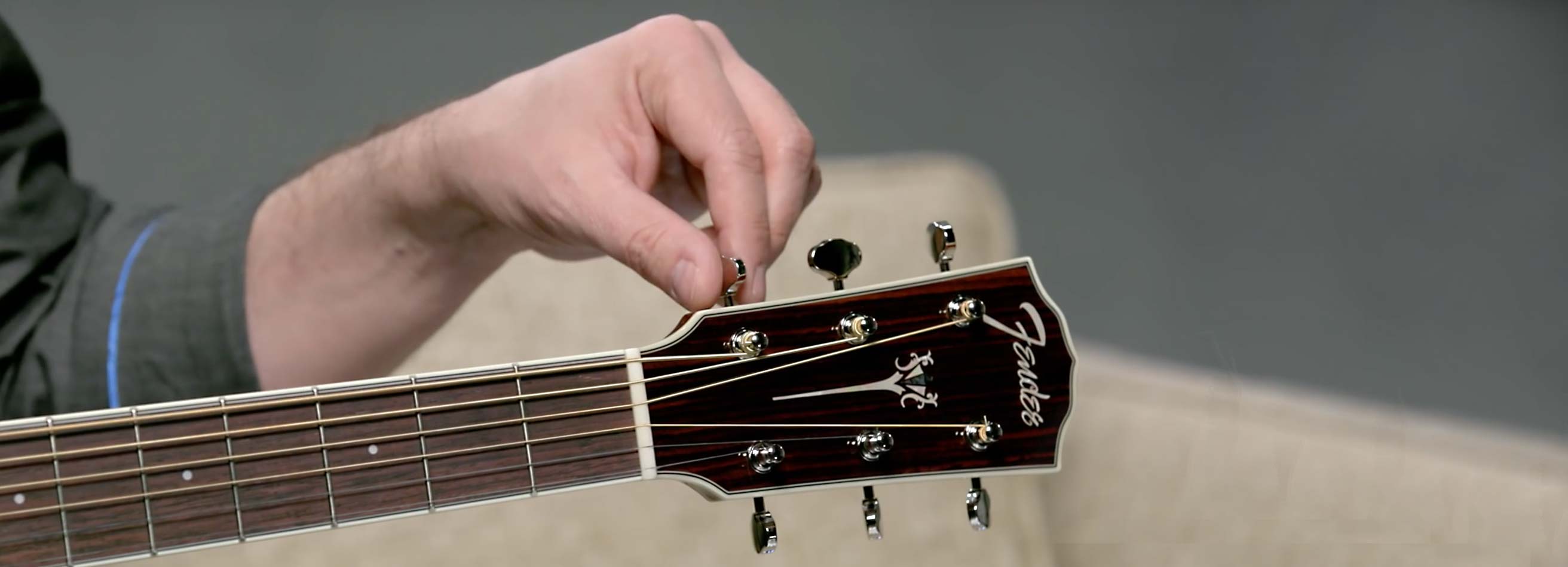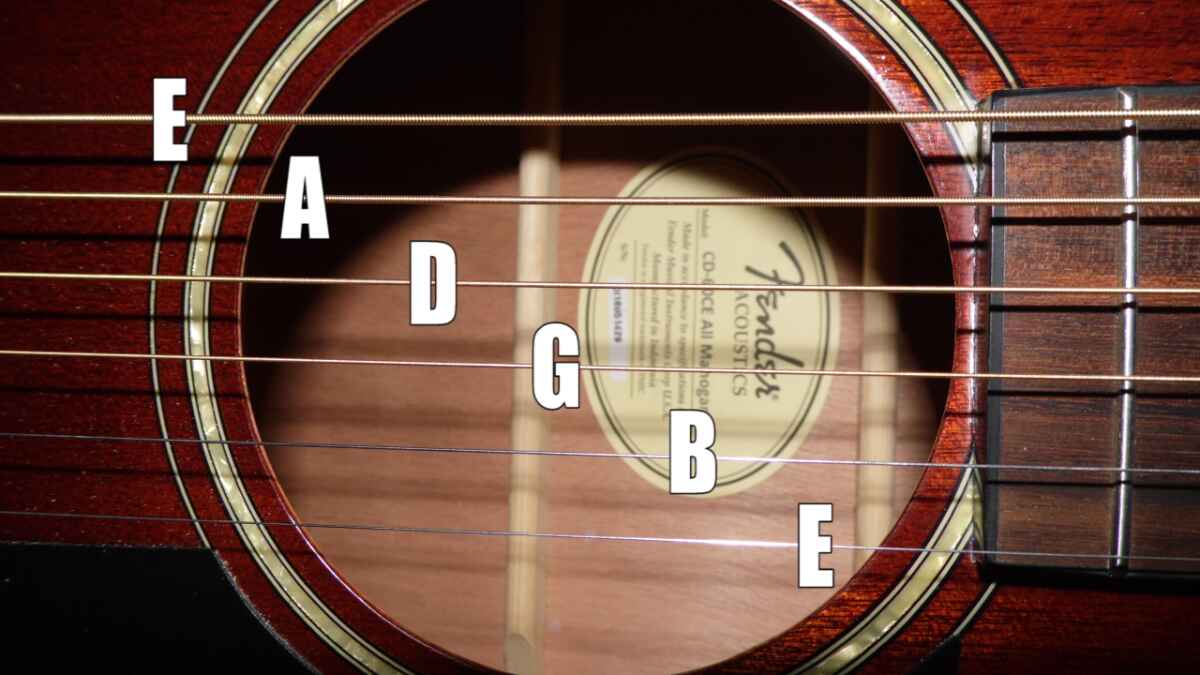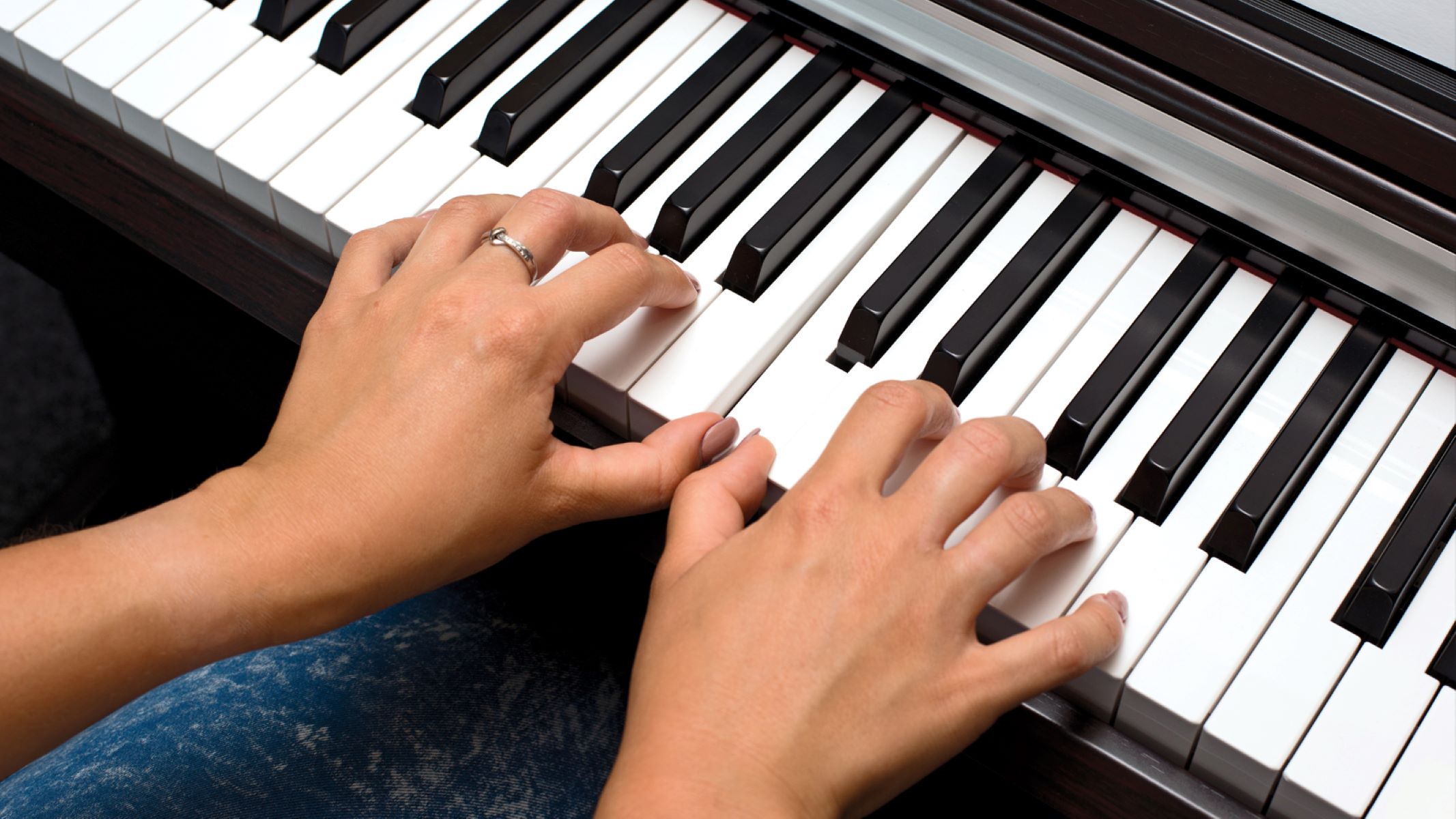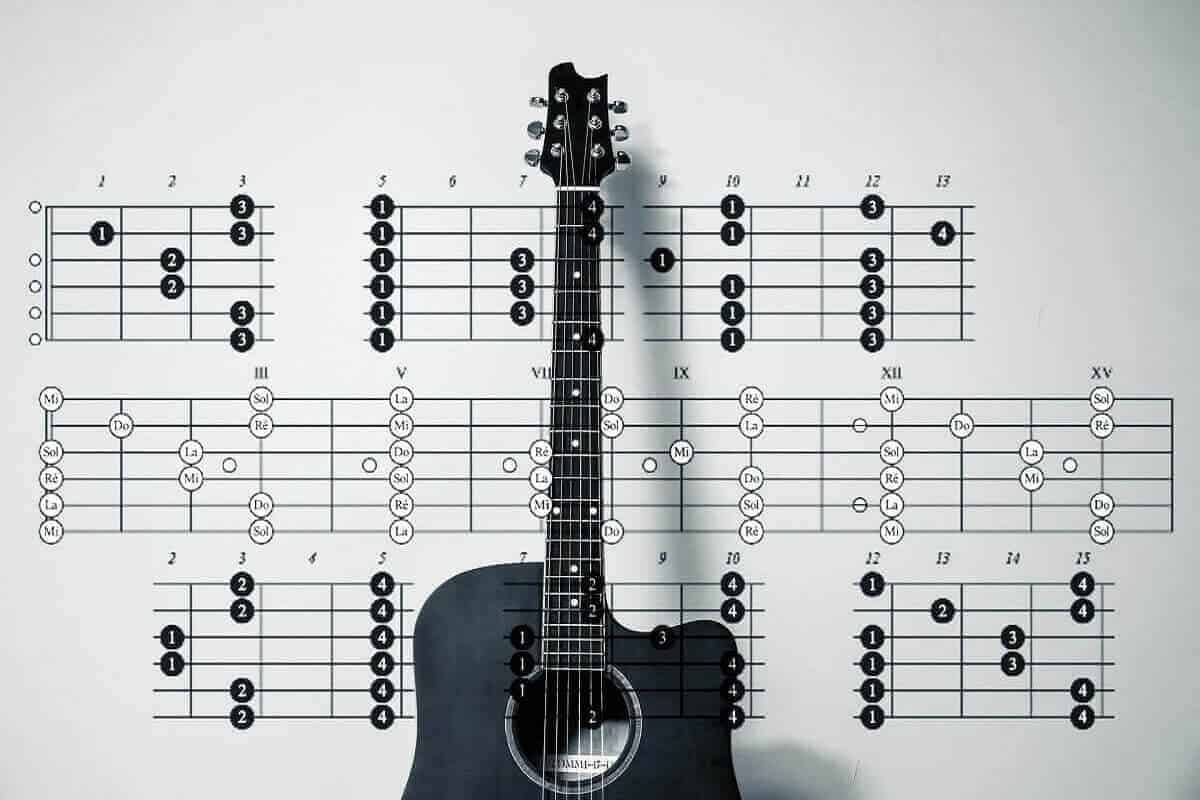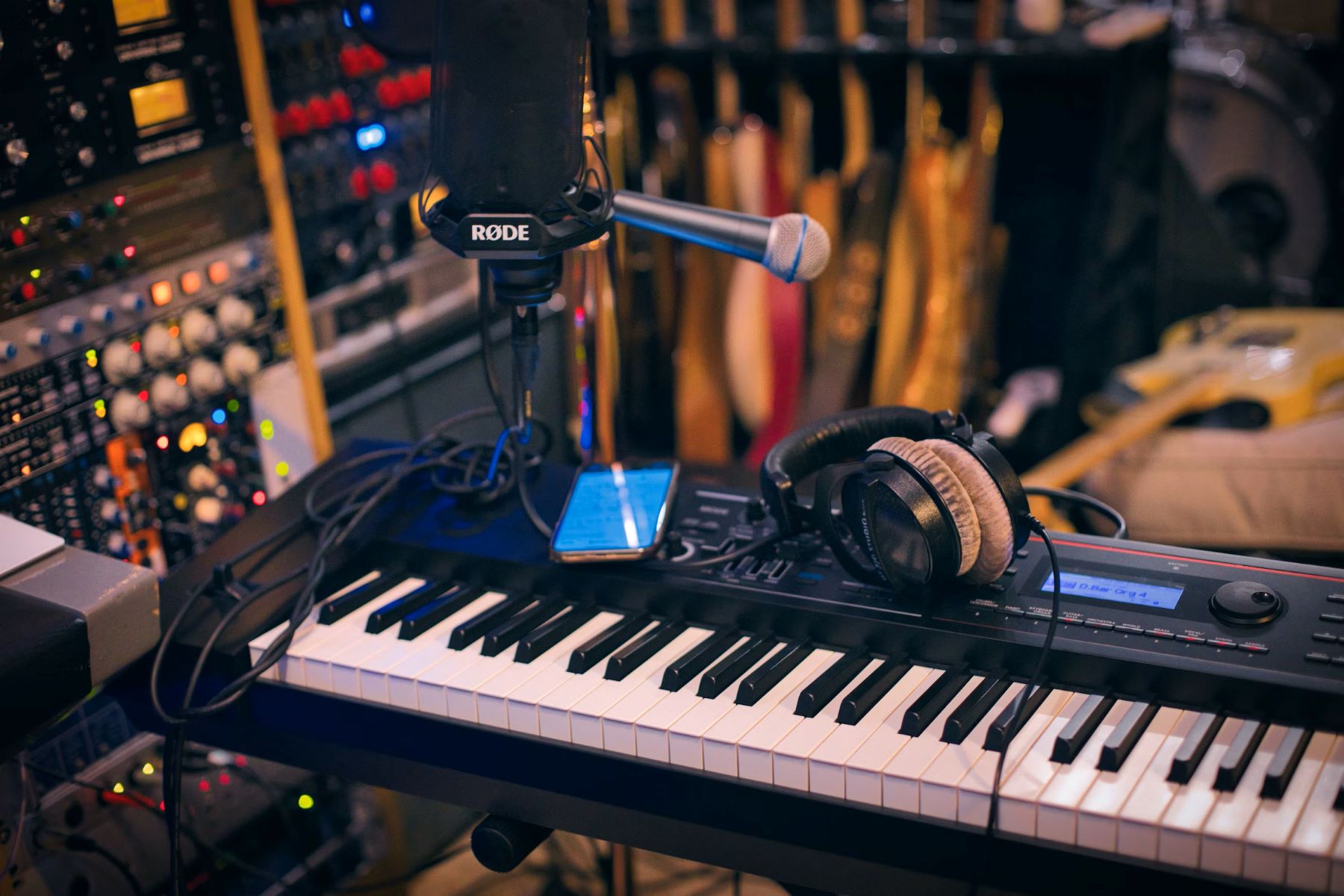Introduction
Introduction
Digital pianos and acoustic pianos are both popular choices for musicians and enthusiasts. Each type of piano has its own unique characteristics, and understanding the differences between them can help you make an informed decision when choosing the right instrument for your needs. In this article, we will explore the key distinctions between digital pianos and regular acoustic pianos, shedding light on their sound and tone, portability and size, maintenance and durability, connectivity and features, as well as cost and affordability.
When it comes to selecting a piano, it's essential to consider your specific requirements and preferences. Whether you are a professional pianist, a music student, or a hobbyist, the decision between a digital piano and an acoustic piano can significantly impact your playing experience and musical journey. By delving into the various aspects of these instruments, you can gain valuable insights that will aid you in making an informed choice that aligns with your musical aspirations and practical needs. Let's delve into the nuances of digital pianos and regular acoustic pianos to better understand their distinct attributes and functionalities.
Sound and Tone
One of the most significant differences between digital pianos and acoustic pianos lies in their sound production and tonal characteristics. Acoustic pianos generate sound through hammers striking strings, resulting in a rich and resonant tone that is highly responsive to the player’s touch. The complex interaction of the strings, hammers, and wooden components produces a distinctive sound that is revered for its depth and authenticity. In contrast, digital pianos employ sampled sounds and advanced technology to replicate the tonal qualities of acoustic pianos.
Acoustic pianos are renowned for their dynamic range and tonal complexity, offering a wide spectrum of expressive possibilities for musicians. The natural resonance and harmonics produced by acoustic pianos contribute to their captivating and organic sound, making them a preferred choice for many pianists seeking an immersive playing experience. On the other hand, digital pianos utilize sound samples recorded from high-quality acoustic pianos, which are then reproduced through built-in speakers or headphones. While some purists argue that digital pianos may lack the nuanced tonal depth of acoustic pianos, technological advancements have led to remarkable improvements in digital sound reproduction, providing a compelling alternative for players who prioritize versatility and convenience.
Furthermore, digital pianos often feature additional instrument sounds, such as electric pianos, organs, strings, and synthesizers, expanding the sonic palette available to musicians. This versatility enables players to explore diverse musical genres and experiment with various sounds, making digital pianos a versatile and adaptable choice for performers and composers. While acoustic pianos are revered for their timeless tonal characteristics and acoustic resonance, digital pianos offer a myriad of sound customization options and digital enhancements, catering to the evolving needs and creative pursuits of modern musicians.
Portability and Size
Another fundamental contrast between digital pianos and acoustic pianos pertains to their portability and size. Acoustic pianos, particularly grand pianos and upright pianos, are substantial and immobile instruments that require a dedicated space within a home or performance venue. Their solid wooden construction and intricate internal components contribute to their significant weight and bulk, making them challenging to transport and maneuver. In contrast, digital pianos are designed with portability in mind, offering a compact and lightweight alternative for musicians who require mobility and convenience.
Digital pianos are inherently more portable than their acoustic counterparts, featuring a streamlined and often slimline construction that facilitates ease of transportation. This attribute makes digital pianos well-suited for musicians who frequently perform at different venues, engage in collaborative music projects, or have limited space within their living environment. Additionally, the compact size of digital pianos enables them to fit seamlessly into modern living spaces, making them an attractive option for individuals seeking a space-efficient instrument without compromising on sound quality and performance features.
Furthermore, the portability of digital pianos extends to their compatibility with accessories such as keyboard stands, carrying cases, and collapsible pedal units, enhancing their versatility and convenience for on-the-go musicians. In contrast, acoustic pianos necessitate professional moving services and substantial physical effort to transport and position them, limiting their practicality for individuals who prioritize mobility and adaptability. While acoustic pianos are revered for their majestic presence and acoustic resonance, digital pianos offer a compelling solution for musicians seeking a portable, space-efficient instrument that can adapt to diverse performance settings and lifestyle requirements.
Maintenance and Durability
When comparing digital pianos to acoustic pianos, the aspects of maintenance and durability play a crucial role in influencing the ownership experience and long-term viability of the instruments. Acoustic pianos, characterized by their intricate wooden components and mechanical action, require regular maintenance to uphold their optimal performance and structural integrity. Tuning, regulation, and periodic servicing by professional technicians are essential for preserving the tonal precision and touch responsiveness of acoustic pianos, ensuring that they continue to deliver a rewarding playing experience over time.
Additionally, the susceptibility of acoustic pianos to environmental factors such as temperature and humidity fluctuations necessitates diligent care and climate control measures to safeguard their sound quality and prevent damage to the wooden components. The substantial investment of time and resources associated with maintaining acoustic pianos underscores the commitment required to preserve their timeless craftsmanship and acoustic allure.
In contrast, digital pianos offer a low-maintenance alternative, as they do not rely on strings, hammers, or intricate mechanical parts for sound production. The electronic components and digital interface of digital pianos contribute to their resilience against environmental influences, reducing the need for extensive maintenance and climate regulation. While periodic cleaning and occasional software updates are recommended for digital pianos, they generally require minimal upkeep compared to acoustic pianos, making them an appealing choice for individuals seeking a hassle-free and cost-effective instrument.
Furthermore, the durability of digital pianos is notable, as their solid-state construction and electronic components are engineered to withstand the rigors of regular use and transportation. Unlike acoustic pianos, which are susceptible to wear and tear on their mechanical parts and sensitive wooden elements, digital pianos offer consistent performance and reliability without the risk of internal degradation over time. This robustness makes digital pianos an attractive option for musicians who prioritize long-term durability and minimal maintenance, providing a dependable platform for musical expression and enjoyment.
Connectivity and Features
When evaluating the differences between digital pianos and acoustic pianos, the aspect of connectivity and features emerges as a defining factor that distinguishes the two instrument types. Digital pianos are equipped with a diverse array of connectivity options and integrated features that enhance the playing experience and expand the creative possibilities for musicians. These instruments often incorporate USB and MIDI connectivity, enabling seamless integration with computers, music production software, and external MIDI devices. This connectivity facilitates recording, playback, and MIDI control, empowering musicians to engage in digital music production and performance with unparalleled flexibility.
Moreover, digital pianos frequently incorporate built-in metronomes, recording functions, and accompaniment features, catering to the diverse needs of pianists across various skill levels and musical genres. The inclusion of headphone jacks and audio outputs allows for private practice and seamless integration with amplification systems, making digital pianos adaptable to both individual and ensemble settings. Additionally, the presence of multiple instrument voices, sound effects, and customizable settings enables musicians to personalize their playing experience and explore a wide spectrum of musical styles and sonic textures.
Acoustic pianos, while revered for their timeless craftsmanship and acoustic resonance, do not offer the same level of integrated features and connectivity as digital pianos. Their acoustic nature limits their versatility in terms of sound manipulation and digital integration, requiring external equipment and recording techniques to achieve similar capabilities offered by digital pianos. However, acoustic pianos possess an intrinsic acoustic charm and tactile responsiveness that resonates with purists and aficionados of traditional piano craftsmanship, offering a distinct playing experience rooted in acoustic authenticity.
Furthermore, the integration of Bluetooth connectivity in modern digital pianos facilitates wireless audio streaming and connectivity with smart devices, expanding the scope of interactive learning apps, music software, and online resources available to pianists. This seamless integration with digital platforms and educational tools positions digital pianos as dynamic instruments that cater to the evolving needs of contemporary musicians, educators, and performers, fostering innovation and accessibility within the realm of piano playing and music creation.
Cost and Affordability
When considering the investment in a piano, the aspect of cost and affordability plays a pivotal role in the decision-making process. Acoustic pianos, particularly high-quality grand pianos and upright pianos, often entail a substantial financial commitment due to the intricate craftsmanship, premium materials, and artisanal construction involved in their production. The labor-intensive nature of building acoustic pianos, coupled with the use of premium woods, precision engineering, and handcrafted components, contributes to their higher price point, positioning them as luxury instruments that embody timeless artistry and acoustic excellence.
Conversely, digital pianos offer a more accessible and budget-friendly alternative for individuals seeking a versatile and feature-rich instrument without the premium cost associated with acoustic pianos. The mass production and technological advancements in digital piano manufacturing have led to a wide range of affordable options that cater to diverse budgets and musical preferences. This affordability makes digital pianos an appealing choice for students, beginners, and musicians seeking a practical yet high-quality instrument that aligns with their financial constraints and performance needs.
Moreover, the cost of ownership and maintenance should be considered when comparing digital pianos and acoustic pianos. Acoustic pianos require periodic tuning, regulation, and potential repairs, which incur ongoing expenses over the instrument’s lifespan. Additionally, the need for climate control and professional moving services further contributes to the overall cost of owning an acoustic piano. In contrast, digital pianos offer a cost-effective ownership experience, as they require minimal maintenance, do not necessitate tuning, and are generally more resilient to environmental factors, reducing long-term expenses associated with upkeep and servicing.
It is important to note that the affordability of digital pianos does not compromise their quality or performance capabilities. Many digital pianos are designed to emulate the touch and sound of acoustic pianos with remarkable accuracy, offering an enriching playing experience at a fraction of the cost. The affordability and accessibility of digital pianos have democratized piano playing, making it more attainable for individuals from diverse socioeconomic backgrounds and geographical regions to pursue their musical aspirations and engage in creative expression through the instrument.
Conclusion
As we have explored the distinctions between digital pianos and regular acoustic pianos, it becomes evident that each instrument type possesses unique attributes and appeals to different preferences and requirements. Acoustic pianos, renowned for their timeless craftsmanship and acoustic resonance, offer a rich and authentic playing experience rooted in centuries of piano-making tradition. The natural sound production and tactile responsiveness of acoustic pianos contribute to their enduring allure and status as revered musical instruments.
On the other hand, digital pianos have revolutionized the landscape of piano playing by integrating advanced technology, versatile features, and portability into a compact and accessible format. The convenience, affordability, and digital enhancements offered by digital pianos cater to the evolving needs of modern musicians, educators, and performers, fostering innovation and accessibility within the realm of piano playing and music creation.
Ultimately, the choice between a digital piano and an acoustic piano hinges on individual preferences, musical aspirations, and practical considerations. Whether you prioritize the acoustic authenticity and timeless elegance of an acoustic piano or seek the versatility and technological advancements of a digital piano, both instrument types offer compelling avenues for musical expression and artistic fulfillment.
By understanding the nuanced differences in sound production, portability, maintenance, connectivity, and affordability, individuals can make informed decisions when selecting the piano that best aligns with their musical journey and lifestyle. Whether you are drawn to the resonant tones and tactile nuances of an acoustic piano or the digital versatility and modern conveniences of a digital piano, the world of piano playing welcomes diverse voices and perspectives, embracing the rich tapestry of musical expression across generations and genres.







